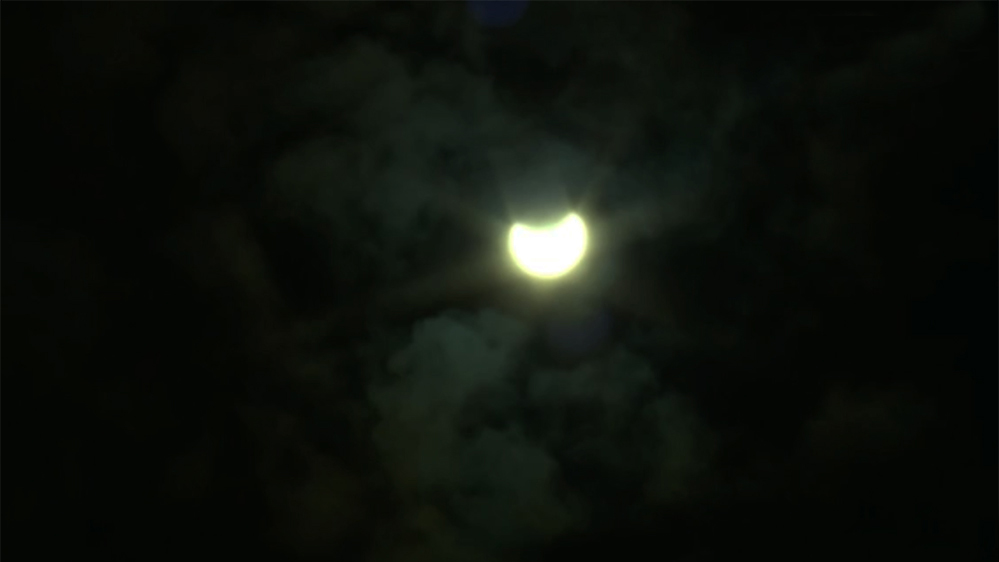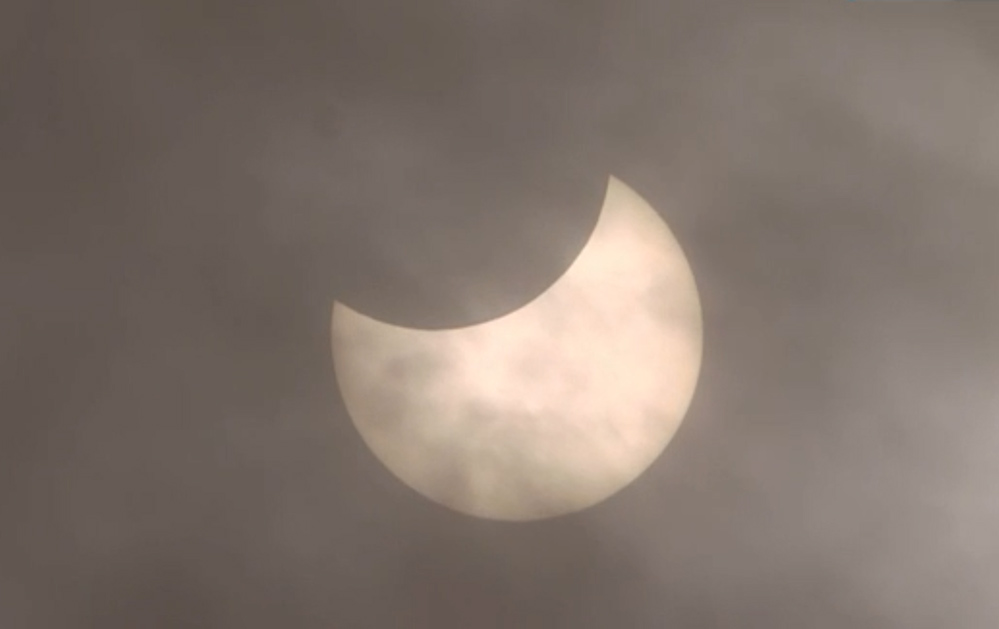
It’s the end of the world…Hihi, not really, but back in the days people used to think so…
This annular phase of this solar eclipse is visible from parts of Russia, Greenland, and northern Canada. Weather permitting, those in Northern Asia, Europe, and the United States will see a partial eclipse.

SOLAR ECLIPSE FEAR:
- Native people in Colombia shouted to the heavens, promising to work hard and mend their ways. Some worked their gardens and other projects especially hard during the eclipse to prove it.
- In Norse culture, an evil enchanter, Loki, was put into chains by the gods. Loki got revenge by creating wolflike giants, one of which swallowed the Sun—thereby causing an eclipse. (Another of the giant wolves chased the Moon, trying to eat it.)
- Fear led Chippewa people to shoot flaming arrows into the sky to try to rekindle the Sun. Tribes in Peru did the same for a different reason; they hoped to scare off a beast that was attacking the Sun.
- In India, the demon spirit Rahu steals and consumes the nectar of immortality but is beheaded before he can swallow it. His immortal head flies into the heavens. The Sun and Moon had alerted the gods to his theft, so he takes revenge on them: When Rahu swallows an orb, we have an eclipse—but the orb returns to view because Rahu has no body!
- Similarly, in China, Mongolia, and Siberia, beheaded mythical characters chase and consume the Sun and Moon—and we experience eclipses.
- In Indonesia and Polynesia, Rahu consumes the Sun—but burns his tongue doing so and spits it out!
- In Armenia, a dragon swallowed the Sun and Moon.
- In Transylvanian folklore, an eclipse stems from the angry Sun turning away and covering herself with darkness, in response to men’s bad behavior.
- In India, many believe that when an eclipse occurs a dragon is trying to seize the two orbs. People immerse themselves in rivers up to their neck, imploring the Sun and Moon to defend them against the dragon.
A SOLAR ECLIPSE ROMANCE:
- To the Australian Aborigines, the Sun was seen as a woman who carries a torch. The Moon, by contrast, was regarded as male. Because of the association of the lunar cycle with the female menstrual cycle, the Moon was linked with fertility. A solar eclipse was interpreted as the Moon-man uniting with the Sun-woman.
- In German mythology, the hot female Sun and cold male Moon were married. The Sun ruled the day, and the sleepy Moon ruled the night. Seeking companionship, the Moon was drawn to his bride and they came together—thus, a solar eclipse.
- Some Native Americans drew on a similar concept: that a solar eclipse was a visit of companions.
- West Africans of Benin switch the gender roles of the Sun and Moon and suggest that the orbs are very busy, but when they do get together, they turn off the light for privacy.
- In Tahitian myth, the orbs are lovers who join up —providing an eclipse—but get lost in the moment and created stars to light their return to normalcy.
